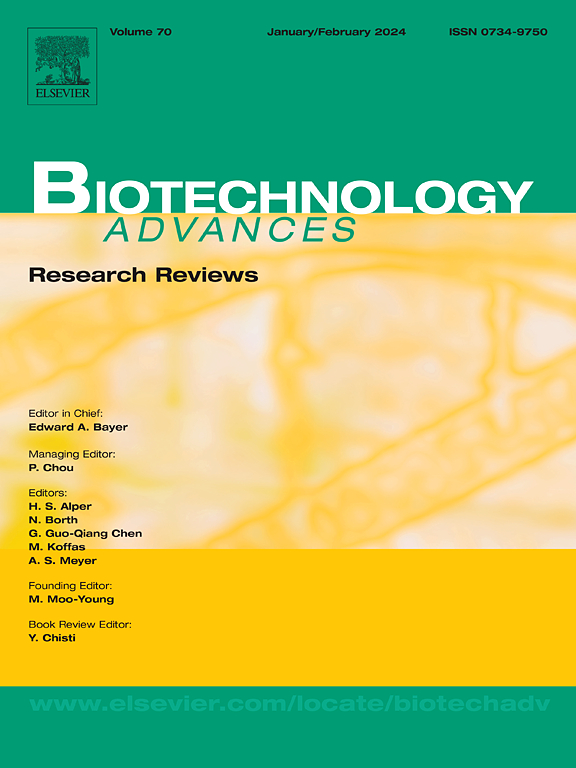太赫兹扫描近场光学显微镜用于生物医学检测:最新进展、挑战和未来展望。
IF 12.1
1区 工程技术
Q1 BIOTECHNOLOGY & APPLIED MICROBIOLOGY
引用次数: 0
摘要
太赫兹(THz)辐射被广泛认为是一种非破坏性的、无标签的、高灵敏度的生物医学检测工具。然而,由于其固有的长波特性导致空间分辨率较差,在精密生物医学领域的应用面临挑战。太赫兹扫描近场光学显微镜(THz- snom),超过瑞利标准,提供微米和纳米尺度的空间分辨率,使其能够执行精确的生物检测与太赫兹成像。THz-SNOM因其在先进生物医学研究和诊断方面的潜力而引起了相当大的关注。目前,根据不同的原理,其家族通常包括四个成员,适用于不同的生物学应用。本文概述了这些THz-SNOM模式的原理,概述了它们的各种应用,确定了阻碍其性能的障碍,并展望了它们的未来发展。本文章由计算机程序翻译,如有差异,请以英文原文为准。
Terahertz scanning near-field optical microscopy for biomedical detection: Recent advances, challenges, and future perspectives
Terahertz (THz) radiation is widely recognized as a non-destructive, label-free, and highly- sensitive tool for biomedical detections. Nevertheless, its application in precision biomedical fields faces challenges due to poor spatial resolution caused by intrinsically long wavelength characteristics. THz scanning near-field optical microscopy (THz-SNOM), which surpasses the Rayleigh criterion, offers micrometer and nanometer-scale spatial resolution, making it possible to perform precise bioinspection with THz imaging. THz-SNOM is attracting considerable attention for its potential in advanced biomedical research and diagnosis. Currently, its family typically includes four members based on distinct principles, which are suitable for different biological applications. This review provides an overview of the principles of these THz-SNOM modalities, outlines their various applications, identifies the obstacles hindering their performance, and envisions their future development.
求助全文
通过发布文献求助,成功后即可免费获取论文全文。
去求助
来源期刊

Biotechnology advances
工程技术-生物工程与应用微生物
CiteScore
25.50
自引率
2.50%
发文量
167
审稿时长
37 days
期刊介绍:
Biotechnology Advances is a comprehensive review journal that covers all aspects of the multidisciplinary field of biotechnology. The journal focuses on biotechnology principles and their applications in various industries, agriculture, medicine, environmental concerns, and regulatory issues. It publishes authoritative articles that highlight current developments and future trends in the field of biotechnology. The journal invites submissions of manuscripts that are relevant and appropriate. It targets a wide audience, including scientists, engineers, students, instructors, researchers, practitioners, managers, governments, and other stakeholders in the field. Additionally, special issues are published based on selected presentations from recent relevant conferences in collaboration with the organizations hosting those conferences.
 求助内容:
求助内容: 应助结果提醒方式:
应助结果提醒方式:


